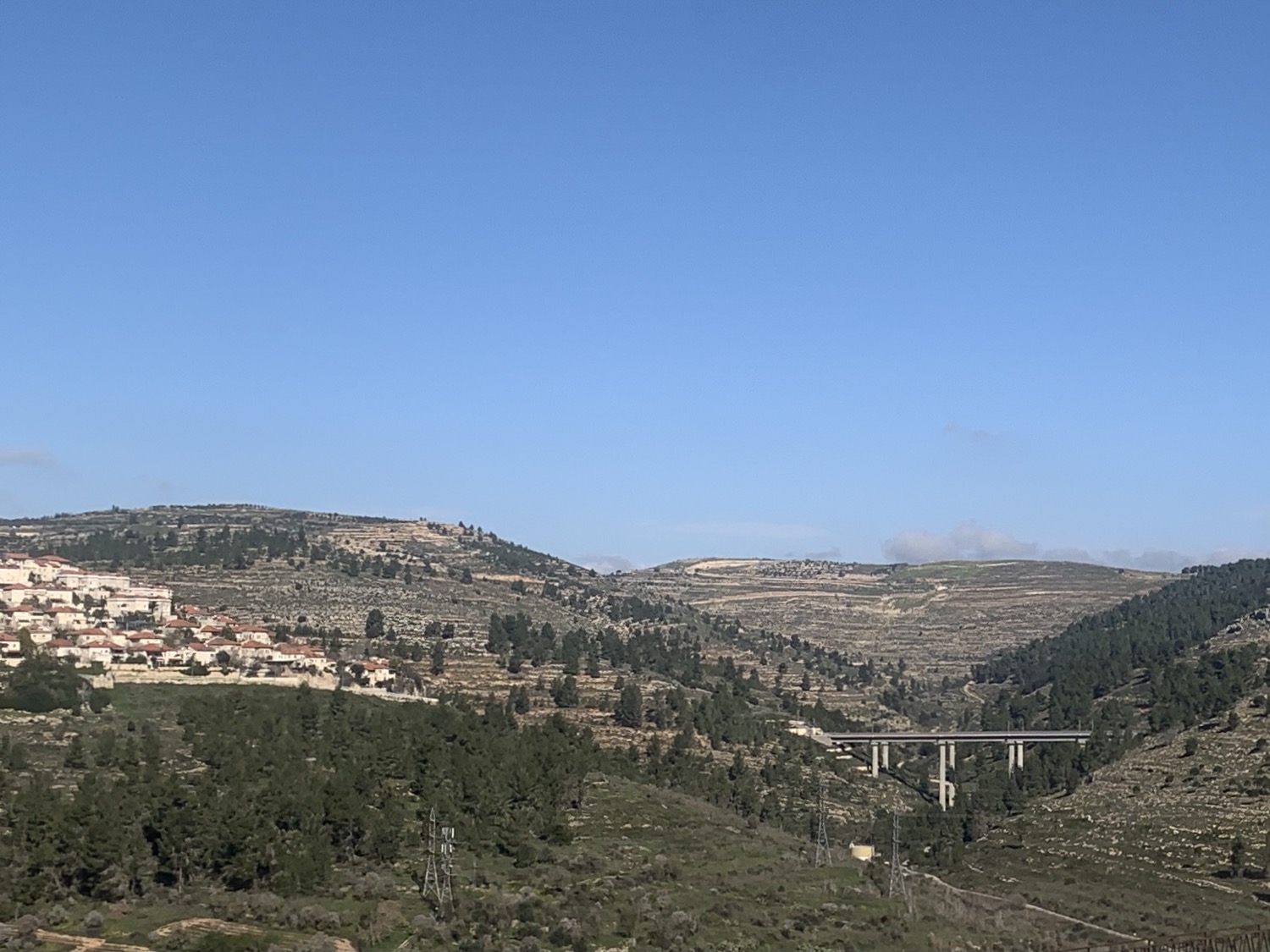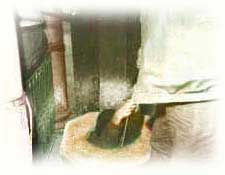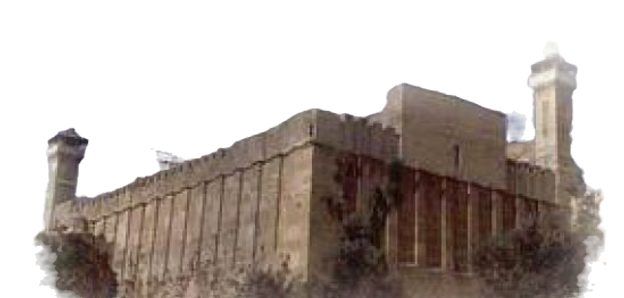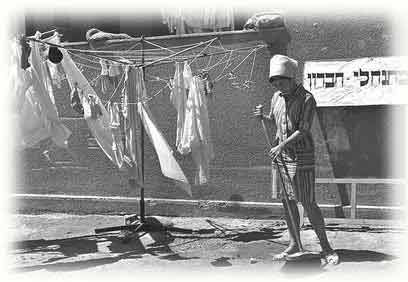Michal Arbel - the story of her entry into the cave
- צבי הורביץ

- May 31, 2023
- 7 min read
Michal Arbel was a playful and curious girl, who often read travel and adventure books that shaped her world. These qualities, along with the fact that she had a particularly thin body, were taken advantage of by her father, when he strangled her in 1968 in a secret operation in the middle of the night, while the city of Hebron was under curfew, through a narrow entrance to the Cave of the Patriarchs, in order to learn about the structure of the holy place, the entry of which had been forbidden to Jews for 700 years .
Michal was only 13 years old at the time and her father's act so amazed Defense Minister Moshe Dayan that he asked to meet the special girl face to face. "Weren't you afraid of snakes and scorpions?" Dayan asked, and she shrugged and said bluntly, "No, I had a flashlight."
Michal says: "We were a family that traveled a lot and visited quite a few caves. As someone who devoured adventure books, it seemed to me at the time like a stunning adventure." Her father was the head of the Jerusalem District of the Shin Bet, which was expanded after the Six Day War to include the West Bank.
A surprise for Moshe Dayan
At the beginning of October 1968, Dayan summoned Yehuda Arbel to his office, and told him that he was disturbed by the fact that settlers had built a synagogue in the structure of the Cave of the Patriarchs. "I don't want a war of religions," he explained to him, saying that he was looking for a solution that would separate the two sides: "The Cave of the Patriarchs is under the floor of the mosque, at a lower level. If we find an entrance to the caves from the outside, we have solved the problem. The Jews will enter the caves from below and pray there, And the Muslims above."
Arbel was enthusiastic about the task, which was called "Operation Avot", mainly because of the deviation from the "daily routine", and after the fact, he put the facts of the affair on paper. First they had to learn "what is the direction of the cave below, in order to get an indication on which side we should dig outside".
Arbel went on a tour of the place and met with the Arab superior, Sheikh Ataf, who showed him a round opening on the western side of the mosque, through which one could look down. The Sheikh told Arbel that as a child his father, who was also in charge of the mosque, used to take him downstairs to "clean the place of papers". The papers were the requests of believers thrown in, along with coins and bills.
Arbel immediately recognized the possibility of entering the cave from the mosque. All that was left for him was to wait for the right moment. The moment came on October 10, 1968, the holiday of Sukkot, Arbel wrote. At noon a grenade was thrown at Jewish visitors on the steps of the main entrance to the mosque. 40 were injured, a curfew was imposed on Hebron and the mosque was closed. "I knew that this might be a once-in-a-lifetime opportunity to visit the mosque," Arbel wrote.
Arbel drove home. "I asked my wife if she thought our 12-year-old daughter Michal" - he was wrong, she was 13 - "would agree and not be afraid to go down through a narrow hole deep into a dark cave. Her response was immediate. She said that Michal would not only agree, but also be happy. I explained that this is the Cave of the Patriarchs.
We called Michal and presented her with the task. My wife was right as usual. Michal was happy and showed great enthusiasm."
The afternoon hours were used for instruction: the girl learned to photograph and sketch a built space ("We forced her several times to sketch the house"), determine directions according to a compass and how to write a report. "After the tedious practice she went to sleep, promising that I would wake her up at night."
Arbel called Rehabam Zeevi, the commanding general: "I informed him that I had to carry out a secret mission in the cave and for this purpose I want special arrangements, the removal of the guard around and the assistance of the deputy governor." He ordered some "professionals" and equipment for ten o'clock at night.
In the chapter entitled "The Execution" Arbel describes how he woke up his daughter, wrapped her in a blanket and drove with her to Hebron. After the equipment was brought into the mosque, "I sent my driver to get the 'package' inside the car. He brought the blanket on his back and when a container came out of the blanket, the guys who were there immediately understood what I meant and thought I had lost my mind."
The girl was tied with a rope. "We managed to squeeze her through the hole, which was 28 cm in diameter. The only concern was that there was no air below and if she passed out we would not be able to come to her aid. That's why I gave her matches and a candle to test the air."
Arbel writes that the descent went without a hitch and he stuck his head into the hole and listened to the theory: on the western wall she identified three tombstones, two plain and one decorated. On the eastern side was an opening followed by a corridor. He ordered her to move forward in the corridor and measure with steps the length and width of the space.
"Michal entered the corridor and we no longer heard her voice, but according to the rope that followed her, I guessed that she moved forward about 20 meters. After a few minutes, which seemed long, she came back and said that the corridor ended with stairs going up and ending in a kind of small platform. Above her head she saw iron hooks holding a large stone ".
Michal was equipped with a camera, paper and pencil, and was asked to photograph and sketch the place in all its details. The entire mission took about three and a half hours, and ended at three in the morning. The excited Arbel sent the films to be developed and printed so that in the morning, when Dayan comes to tour the place, a surprise will await him.
When Dayan got off the helicopter, Arbel handed him the photographs and the drawings his daughter had made. The surprised Dane asked how they did it. "I told him that I lowered my daughter through the hole. He stopped on his way and asked me: 'Are you crazy?'"
Michal Arbel remembers going down to the cave one more time, on October 18, she was chained inside again, to check where the rebel was leading half a meter below the floor of the tombstone room.
From the report written by her father, it becomes clear that there was also a third time. In November 1968, Arbel wrote: "At four in the afternoon, an IDF position near the cave was blown up. The position was not staffed; An Arab child was killed and two Arab adults were injured. It was another opportunity to make a visit, again using a container."
During this visit, Arbel describes asking Michal to "remove the decorated tombstone from its place. This is because, in my estimation, this tombstone blocked the way to the caves or another chamber. Michal tried very hard, but to no avail."
Michal says about the first visit:
On Wednesday, October 9, 1968, my mother asked me if I would agree to enter a narrow hole that would lead me to the cave. After I agreed, she told me that it was a cave below the "Cave of the Multipliers". A few hours later my father woke me up. I got dressed and got into the car. Inside the car, I wrapped myself in a blanket up to the top of my head and looked like a packed package.
We drove and arrived in Hebron. We stopped for a while at the police station and then continued to the Cave of the Patriarchs. I left wrapped in a blanket and entered the Muslim mosque. I saw the opening into which I had to enter. The opening was measured and found to be 28 cm in diameter.
I tied myself with ropes, got a flashlight and matches (to test the air) and went inside. I landed on a pile of papers and bills. I was in a square room. In front of me were three tombstones, the middle one is more ornate and taller than the other two. In the wall in front of me was a small, square opening. They released an additional amount of rope and I entered the opening. I walked down a low, narrow corridor whose walls were cut into the rock. The corridor had the shape of a box and its angles were straight, at the end of the corridor there was a stairwell and stairs that ended in a built wall.
I went outside, counted everything I saw and went back in. I measured the corridor - it took 34 steps. When I counted the stairs it turned out that when I went down there were 16 of them and when I went up - only 15. I counted them up and down about 5 times and each time I got the same results. The height of each step was a quarter and a half.
I went up the stairs for the sixth time and knocked on the ceiling. I received an answer with knocks. I went back, got a camera and took pictures of the room, the tombstones, the corridor and the stairs. I'm back again. I got paper and pencil and drew a diagram of the place. I measured the room: 6 steps long and 5 steps wide. The width of each tombstone is a step and the spacing between the tombstones is also a step. The width of the corridor is a step and its height is about a meter.
ֿ
They pulled me up, on the way the lantern fell, so I went down and went up again.
Michal Arbel





